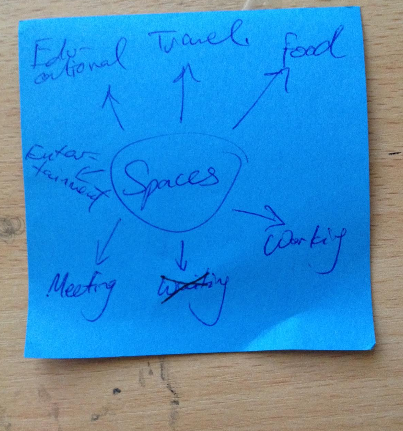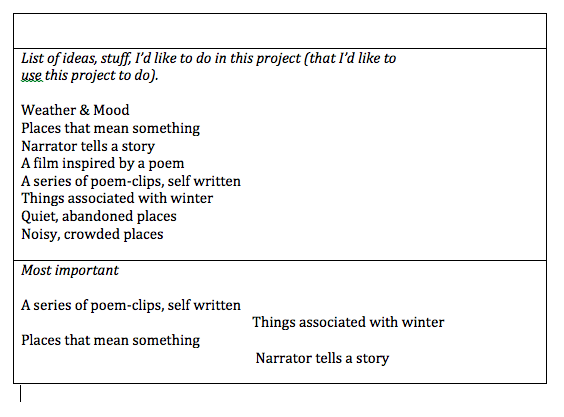Participation
What did I do well?
I have attended almost every tutorial and contributed meaningfully to group discussions, particularly within the group for the final project. When I encountered any Korsakow- related issues, I asked peers for help or read the manual the Korsakow site religiously . I kept up with my participation diary and I’m happy with the outcome of my sketch film and essay.
What have I learnt to do better?
I’ve learnt to throw myself into the depths of a software I had never encountered before and figure out its ins and out just by tinkering with the various functions. I’ve encountered ideas surrounding non-linear story telling that I haven’t in any of my other courses and that has provided me with an alternate way of thinking about documentaries.
What could you have learnt to do better?
I could’ve tried to invest more effort in the readings. A few times they seemed vague and dry to me and I haven’t completed them. I could have made more of an effort to attend the lectures and kept up with the media factory homepage as they would’ve concreted my understanding of the course.



